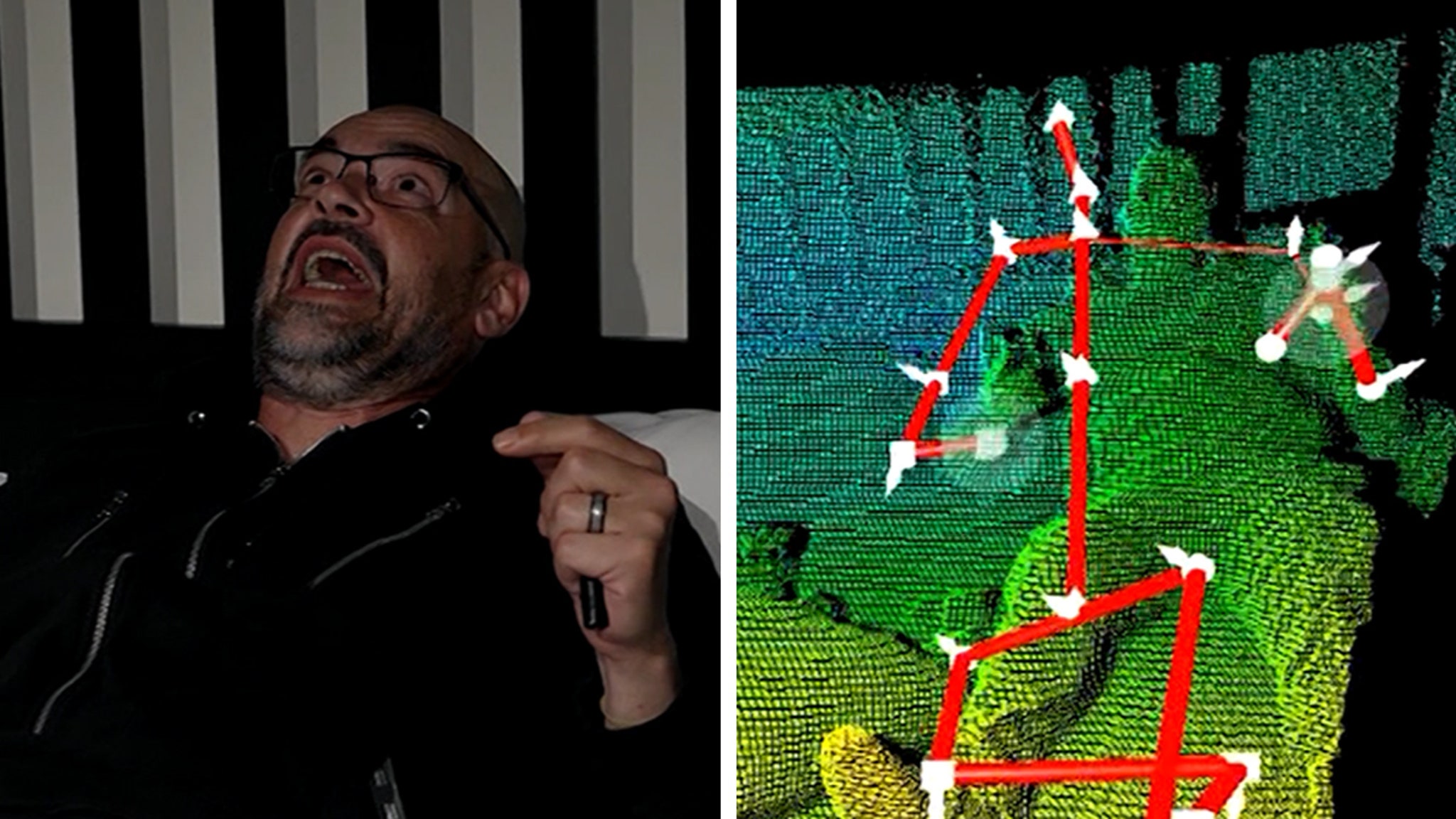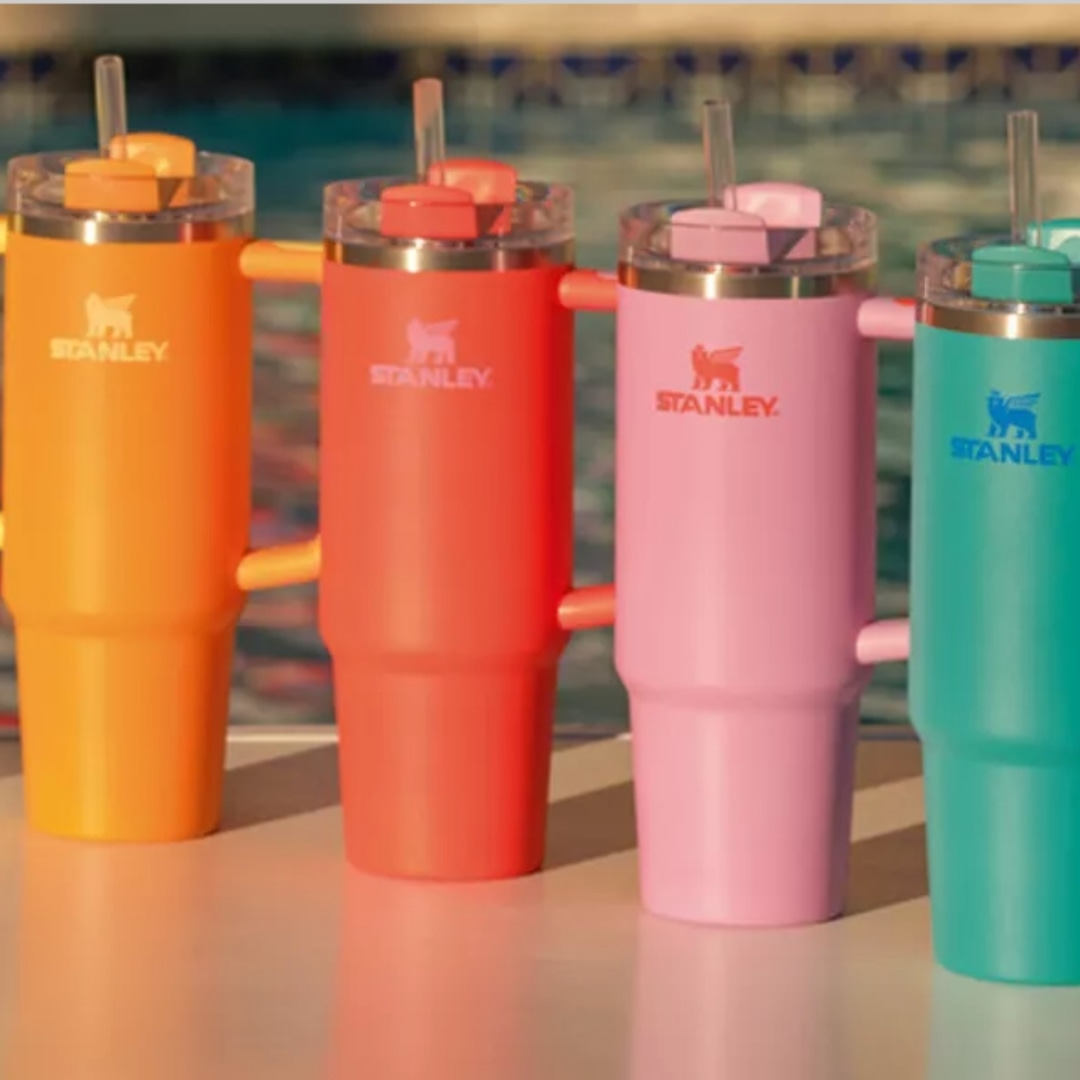Fashion
Lawns Draw Scorn, but Landscape Designers See Room for Compromise

“What’s the right thing to do as a gardener?” he asked. “Fertilize and irrigate? Well, that’s actually helping the weeds more than the meadow, and it’s counterproductive. There are a lot of things you do in traditional garden design, and particularly in turf culture, that in this realm is counterproductive.” (Overwatering is a prime example.)
By necessity, landscaping approaches tend to shift as one gets into the drier regions. Still, the mention of native, low-water landscaping, or xeriscaping, conjures images of dusty plots with a few cactuses and scraggly shrubs interspersed with rocks.
According to Christine Ten Eyck, a landscape architect in Austin, Texas, too many people in the Southwest haven’t “learned to live with a landscape that is brown sometimes.”
“They want everything green all the time,” she continued, “and they just aren’t used to the native aesthetic.”
For a recent project in San Antonio, Ms. Ten Eyck reimagined a six-acre property that had been covered with a lawn of invasive Bermuda grass. In its place she layered native low-water grasses and wildflowers along the perimeter of the grounds. Near the house, mounds of wispy sedge, white mistflower, yucca and agave mix with native grasses and perennials, while plantings of switchgrass, buttonbush and Louisiana iris mingle beneath bald cypress trees in the areas around a rehabilitated pond.
There is also a lawn area, “for the grandkids,” Ms. Ten Eyck said.
It takes time and money to replace a lawn, but municipalities in a number of mostly Western states, including California, now offer rebates to help offset those costs.






















